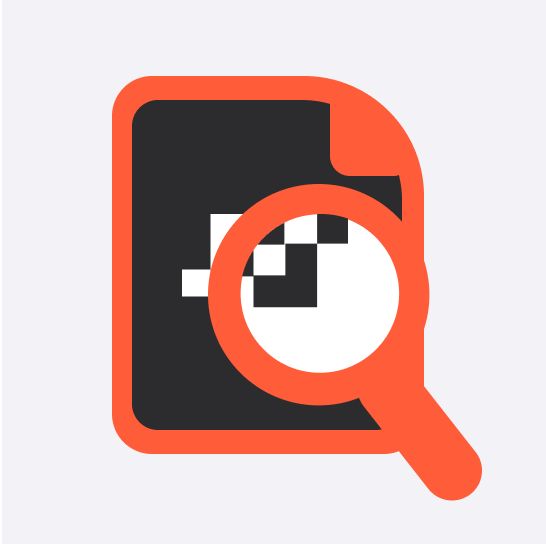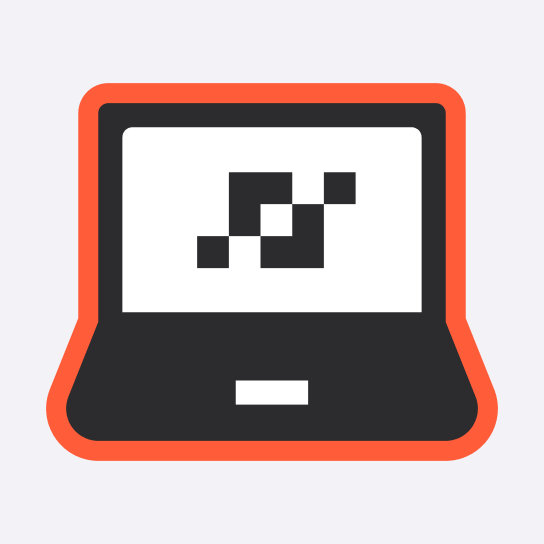
Designer | Fall'18
When we design for users, we have a moral responsibility to proactively include, otherwise we unintentionally exclude.
This means considering various identities that our target audience may have: whether gender identity, race, socioeconomic status, sexual orientation, religion, disability, etc. More importantly, we must move away from the personas that our own experiences are limited to and push boundaries beyond the stereotypes we all typically fall back on.
The purpose of the engaging perspective is to move from designers seeing the user as a stereotype with whom they are unable to identify and whose life they cannot envision, to designers actively involving themselves in the lives of the personas. – Lene Nielsen
During her internship at Google, LavaLab alum Melisa focused on inclusive marketing and how design can become more globally accessible. In our discussion with Melisa, we will uncover the designer's responsibility to create products that can reflect and embrace all backgrounds and identities.

0:00:44 A brand is an identifying symbol, Mark, logo, name or word that companies use to distinguish their product from others.
0:01:22 Brand marketing promotes your products or services in a way that highlights your overall brand. And the goal is to link your brand identity's values and personality through communication with your audience.
0:02:08 At Google, we always say if you do not proactively include, you unintentionally exclude.
0:03:00 The first one is to consider various identities that are target audience may have.
0:03:23 Next is to push boundaries beyond the stereotypes we typically fall back on. Good designers [...] investigate and do their user research and think beyond just the stereotypes that we're used to considering.
0:03:56 Lastly, reflect various user experiences through marketing copy and visual direction.
0:04:32 In this Microsoft article, we talk about the case for inclusive design. I loved it because I think it laid out very clearly what it means to design inclusively.

0:06:57 This Google article, called "Designing for Global Accessibility", talks about how awareness is everything.
They highlight four key pillars:
(1) Learn about global user communities.
(2) Be mindful about representing users inclusively.
(3) Accommodate different levels of literacy and languages.
(4) Empower users when it comes to privacy, safety and security.

0:10:23 This is my favorite inclusive case study ever by Airbnb thats called "Your Face Here": creating illustration guidelines for a more inclusive visual identity.
0:11:54 They talked a lot about how in our quest for inclusion, sometimes we go too far and try to make sure that an image can encapsulate all identities or not offend anyone. So we refuse to take a stance on who our user could be in a certain image. But that can actually backfire.

0:09:19 So remember that it's all about fighting for that broader inclusion, and not just feeling like you're checking a box
Remember that inclusive design and branding is nothing without an inclusive product. Make sure the core of what you are building is reflective of a diverse, inclusive and equitable environment.

Melisa Seah was in the Fall'18 cohort of LavaLab and is currently a APMM at Google. She is passionate about fighting for diversity, equity, and inclusion in tech and beyond. Learn more at http://melisaseah.com/
.png)